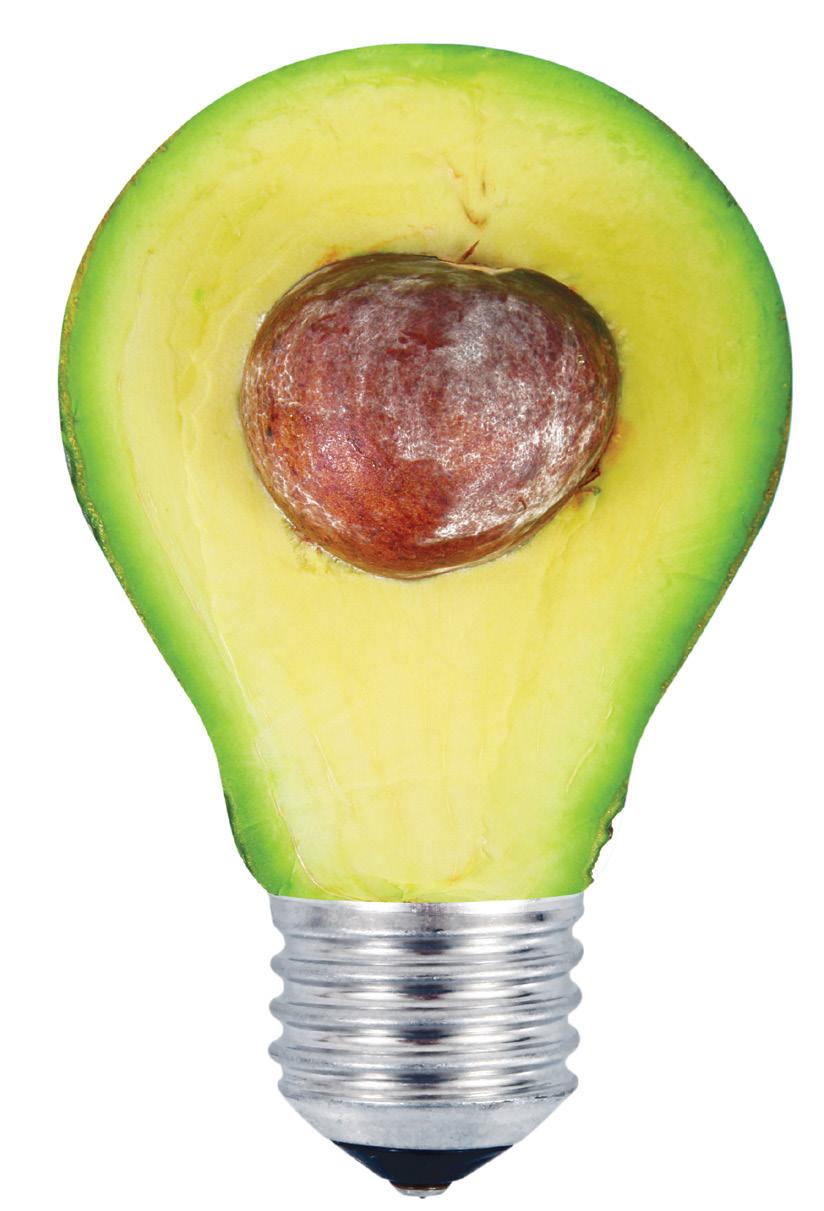SYSTEMS RENEWING DROUGHT PASTURES
Primed for production Words by: Chris Neill
W
ill and Marianne Tye have established themselves as Northland dairy farmers at Awanui, 9km north of Kaitaia. They have built their business by purchasing small dairy farms which were no longer sustainable and introduced their knowledge, determination and mahi (work) to create a profitable enterprise. Their combined business employs four permanent staff as well as the couple. The first farm, Willmar Farm Partnership is 225 hectare effective platform, on the river flats plus a 30ha runoff. They milk 620 cows, spring calved, twice a day all season. Originating from two farms, they utilise both sheds and milk as two herds of 220 and 400 cows. Retaining and operating the two herringbone cowsheds (18-aside and 20-aside) was determined to be more economic than building one large new one. Will and Marianne also find it easier to get staff who are able to operate the smaller herds and they anticipate in the long run it will offer greater flexibility for land-use change. Willmar Farms produced 235,000kg milk solids last season, despite the drought – down about 5% on the previous season. They have also lifted reproductive performance to 78% in-calf at six weeks and 8% late or empty. The most recently acquired farm is in a separate company, Jersey Made Ltd and adjoins Willmar Farm. It is 173ha effective platform, all flat plus 40ha runoff. This season it is 475 cows, spring calved, milked once a day all season, milking through an old 20-aside herringbone refurbished to create a 40-aside shed. It is in its first year post-conversion from beef and on track to produce 135,000kg MS. Reproduction results of 74% in calf at six weeks and 12% late or empty are seen as a reasonable starting point. Next season, Jersey Made will change to 435 cows TAD. With the planned changes and consolidation of the management systems, Marianne and Will expect to lift production to similar 34
Will Tye with the cow herd on the summer turnip crop.
levels as Willmar Farm. Will and Marianne have brought together small, adjoining, low producing farms with kikuyu pastures and they are focused on improved pastures and grazing management to lift production. Transition on Willmar Farms has gone from 55,000kg MS on kikuyu only under previous owners, 135,000kg MS on kikuyu plus Italian ryegrass, to 235,000kg MS on improved pastures plus a 60ha increase in platform area. The drought of 2019/20 started for Will and Marianne in November 2019 and relief came with rain in late April 2020. They focused on protecting cow condition and milk production by introducing palm kernel, using one tonne per cow with 50% on contract and the balance bought on the spot market. They don’t want to contract palm kernel excessively in case of drought, preferring to have a broader strategy that incorporates purchased and home-grown feed. As part of that strategy, they are now growing maize as a buffer for palm kernel extract to keep milk within FEI limits. As it was for many parts of the country, the 2019/20 drought demanded responsive
management to maintain a profitable business. (See box p35).
LESSONS LEARNED Lessons learned from the experience are already incorporated into Will and Marianne’s business. The key points for them are: • Using summer crops to balance out FEI is more cost-effective than buying feed mixes. • Growing maize for silage increases the capability to use palm kernel without FEI issues. • Feed costs were high and production was back in the drought year, but looking after the cows protected income and cow condition for the new season. • With a good milk price and close management, the business was profitable despite the drought and financiers like to support profitable businesses. Pasture is the primary feed supply for the Willmar and Jersey Made farms as it is the lowest cost feed available. Perennial rye pastures are expected to provide seven years at 12.5 tonnes DM/ha/yr of grazing before regrassing. Typically, it fits the milk
Dairy Exporter | www.nzfarmlife.co.nz | March 2021























